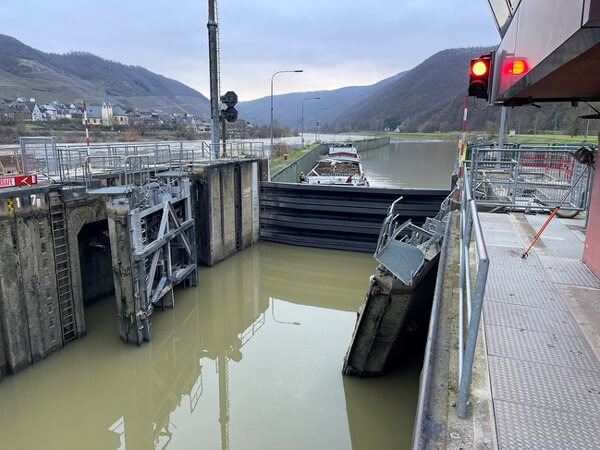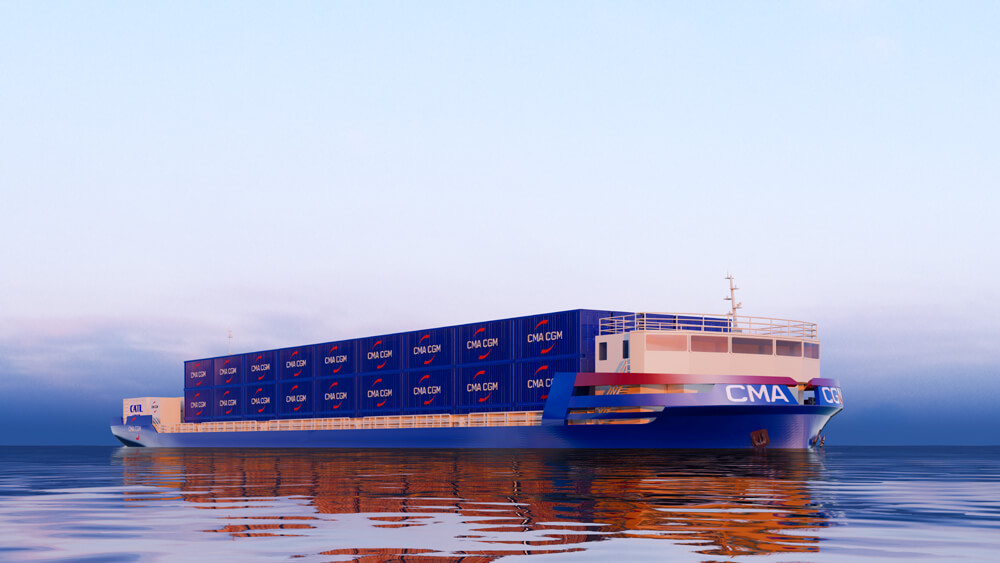Norway Expels Russian Fishing Vessel for Security Reasons
Norway has expelled a Russian fishing vessel that overstayed its welcome at the Port of Batsfjord. The decision was made in a King-in-Council meeting held on December 6, and lawmakers cited security reasons.
The 39-meter-long vessel Azurit has been moored in Batsfjord since May, but the reasons for its prolonged stay are unknown. But some media reports indicate that a Norwegian firm, Indistrikulde AS, had done repair works on the vessel at a cost of $96,000. The amount was yet to be cleared, leading the vessel to be detained. The government has however instructed that no public or private claim should hinder the vessel from leaving the port.
Azurit is registered to the Russian company Oceanprom, with St. Petersburg as its home port.
“The captain/shipowner is ordered to ensure that the vessel Azurit has left the Batsfjord Harbor within five business days after this decision is announced. If the vessel will not have left the harbor within the issued deadline, Norwegian authorities are ordered to tow it out to sea,” said a statement from the Norwegian government.
However, ship tracking sites show that Azurit is yet to depart from Batsfjord as of Saturday morning. The Norwegian newspaper Barents Observer reported that the captain of Azurit was notified of the expulsion order on December 9. On this basis, the Finnmark county Deputy Chief of Police, Trond Nilsen, said that the count for the five days’ grace period started when the captain was notified.
“So, from Saturday the 14th, we have the authority to take the needed action,” Nilsen told the Barents Observer.
In October 2022, Norway limited Russian fishing vessels to just three of its ports - Kirkenes, Batsfjord and Tromsø. This was part of Norway’s economic sanctions against Russia for invading Ukraine. In July, Norway further introduced tougher regulations on Russian fishing vessels landing catch in the three ports. The new regulations included time limits, with Russian vessels allowed a maximum of five working days at any port. In addition, the vessels would face increased scrutiny from the customs, the police and the Armed Forces. Specifically, Norway said it would increase police activity in the port of Batsfjord, and ensure the customs service and the police share information more closely.
Norway and Russia jointly manage the rich fish resources of the Barents Sea, with Båtsfjord as a key landing port.
Top image: Port of Batsfjord (Joachim Kohler / CC BY SA 4.0)


